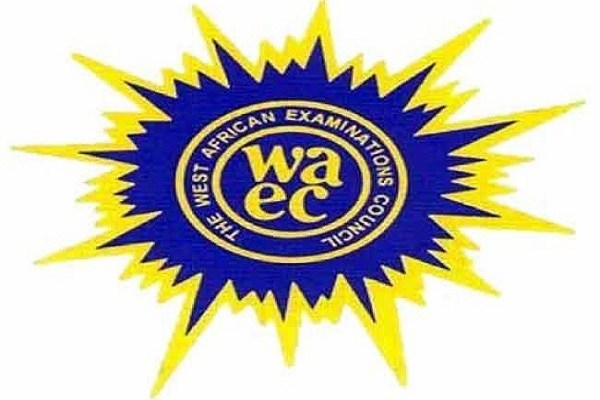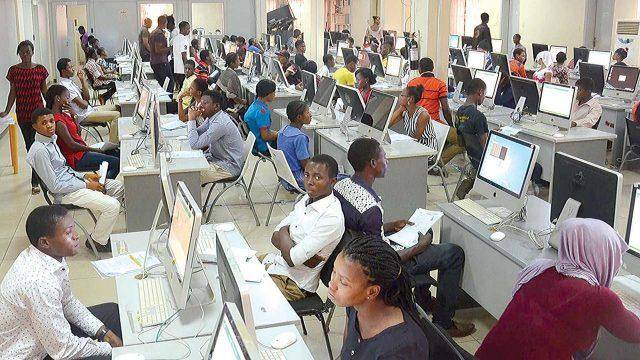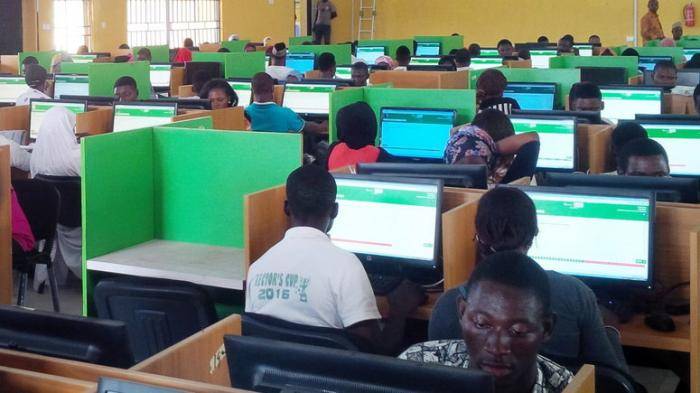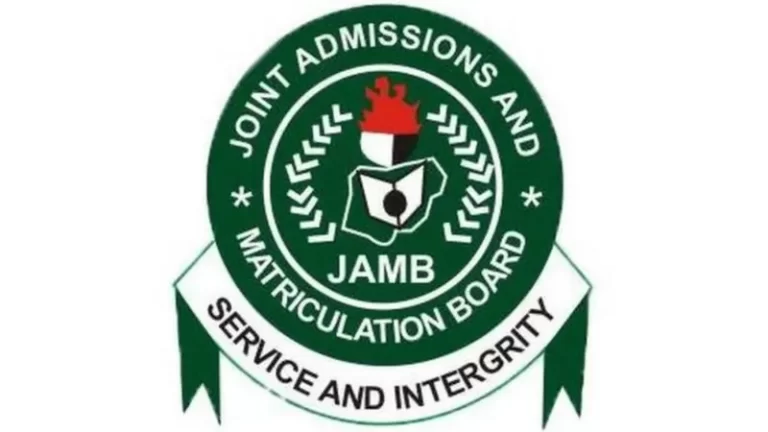Waec

F/Accounting-Obj
1CDBACACBBC
11CDDBDBDACB
21AADCCBBBBB
31ACBBDDADAA
41CCDABDBBCD
(9)

Use this number 5 is more accurate and clearly
(5a)

(5b)

(7)

Answer 2 from this section!!!!
(1a)
(i) The purchase of office equipment on credit would be recorded in the purchases journal or purchases day book.
(ii) Credit purchases would also be recorded in the purchases journal or purchases day book.
(iii) Bank charges would be recorded in the cash book, specifically in the bank column.
(iv) Goods returned by a customer would be recorded in the sales returns journal or returns inwards journal.
(1b)
(i) Purchases would come from the total of the purchases journal or purchases day book.
(ii) Cash payments would come from the cash book, where payments are recorded.
(iii) Returns outwards would come from the returns outwards journal or purchases returns journal.
(iv) Discount received would come from the cash book, where such discounts are often recorded alongside the relevant payment.
(v) Petty cash payments would be transferred from the petty cash book.
(1c)
(i) The sales ledger contains individual accounts for each customer. It records all the transactions related to the sales on credit and the subsequent receipts from customers.
(ii) The purchases ledger contains individual accounts for each supplier. It records all the transactions related to credit purchases and payments made to suppliers.
(iii) The general ledger is the main ledger and records all the accounts that do not go into the sales or purchases ledger. This includes assets, liabilities, income, and expenses.
(2a)
(i) Depreciation of fixed assets.
(ii) Adjustment for closing stock.
(iii) Accruals for expenses incurred but not yet paid.
(iv) Prepayments for expenses paid in advance.
(v) Bad debts written off.
(vi) Provision for doubtful debts.
(2b)
(i) Capital expenditure is for purchasing or improving fixed assets, which provide benefits over several years, whereas revenue expenditure is for the day-to-day running of the business, providing benefits within the current accounting period.
(ii) Capital expenditure is recorded on the balance sheet, while revenue expenditure is recorded on the income statement.
(iii) Capital expenditure aims to increase the earning capacity of the business, while revenue expenditure is related to the maintenance of the earning capacity.
(3a)
Ose, by not keeping proper books of account, operates a single-entry bookkeeping system. This system records only one aspect of the transaction—either the credit or the debit, and does not provide a complete double-entry record for each transaction.
(3b)
(i) It is simpler and easier to maintain than a double-entry system.
(ii) It requires less technical knowledge and is less time-consuming.
(iii) It is cost-effective for a very small business with simple transactions.
-Three disadvantages of the single-entry bookkeeping system are-
(i) It does not provide a complete and accurate financial picture of the business.
(ii) It lacks the checks and balances of a double-entry system, making it more prone to errors and fraud.
(iii) It is not suitable for larger businesses with complex transactions and may not comply with certain accounting standards.
RECOMMENDED TOPICS
- JAMB 2025 UTME/DE registration document – step-by-step on how to apply for UTME and DE

- JAMB postpones 2025 UTME Registration to February 3rd

- JAMB Officially Announces 2025 UTME Registration, Exam, Mock Dates, Cost and Important Details

- The official reading novel for Jamb 2025 is Lekki Headmaster

- Subjects for Computer Science in JAMB for Guaranteed Success


